06.05.2021
Erdelezi Celebration: If UNESCO Recognizes It, So Do We
Erdelezi Celebration: If UNESCO Recognizes It, So Do We
Today is May 6th, known as Gjurgjovden or Erdelezi. Most of you reading this will learn today that UNESCO protects Erdelezi as a Roma holiday—not as a festival, but as an intangible cultural heritage.
On this topic, we spoke with Daniel Petrovski, Program Director of “Romano Ilo” and one of the direct initiators before UNESCO for the preservation and maintenance of the spirit of the Erdelezi holiday.
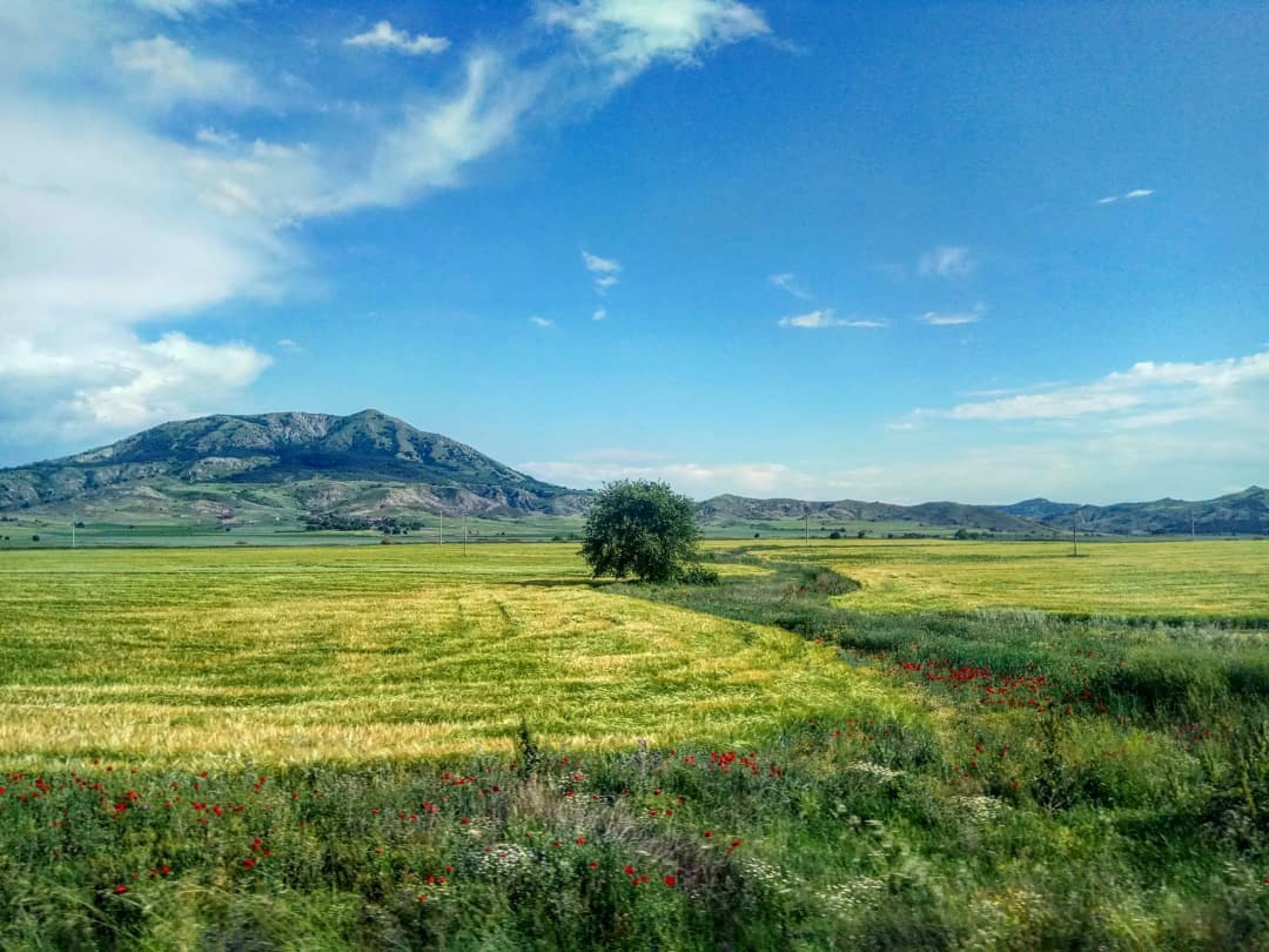
Фото: Кристина Ласкова
Daniel tells us about this holiday, which carries its own customs and folklore. He recalls the large gatherings celebrating the holiday in Skopje until the late 1990s, when thousands of Roma would celebrate on the fourth day, May 9th, near the French cemetery.
The tradition called for families to go on outings and prepare a feast with various types of dishes. At these gatherings, groups of musicians playing zurli and tapani, and even brass bands, would appear to entertain the families.
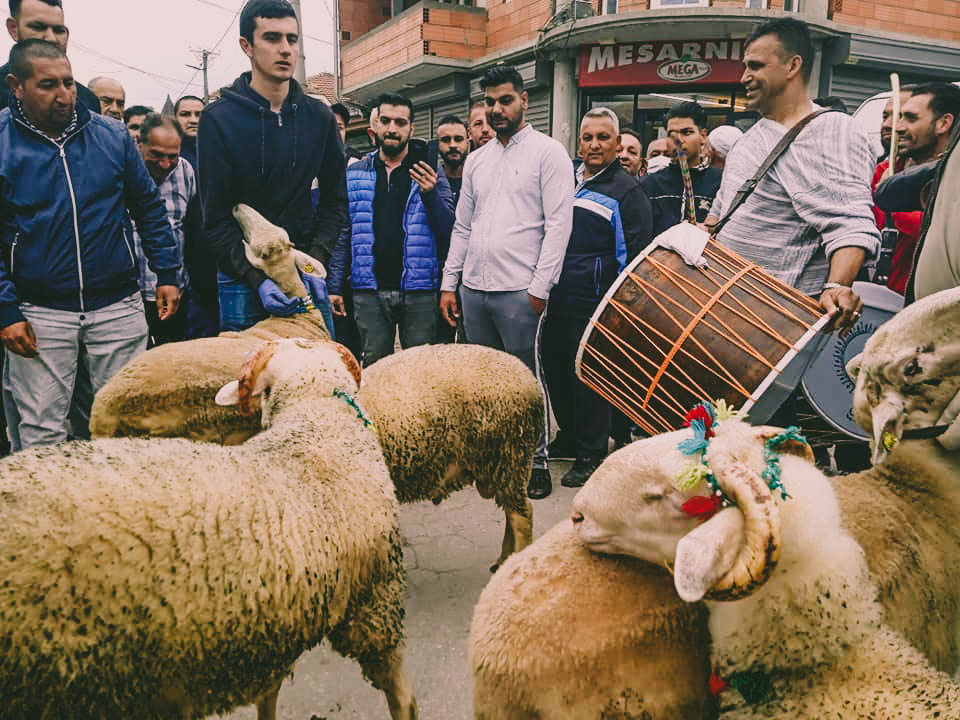
Today, Daniel says that celebrations have shifted to private homes, and his profession as an anthropologist has led him to conclude that fewer people are celebrating the holiday.
Across Macedonia, there are many locations where this holiday is observed, Daniel explains. The iconic places chosen for the Gjurgjovden/Erdelezi celebration align with the beliefs and symbols of the holiday. Considering that the symbol of “greenery” dominates during the holiday, it is logical that some rituals—such as gathering herbs, swinging on swings, and festivities—take place in green grassy areas or mountain spots with wide clearings or forests full of trees.
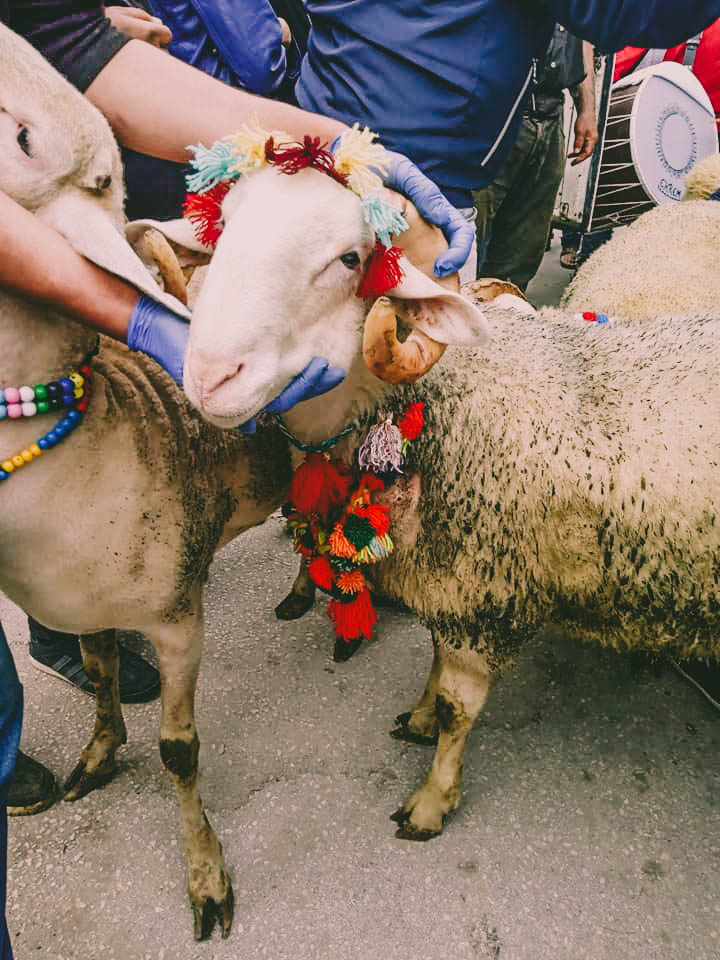
The second equally important symbol associated with the holiday is “spring water.” It is believed that spring water can help improve health. Spring or natural water is found next to churches or temples, as well as near rivers and lakes close to Roma settlements, says Daniel.
For example, the Roma in Shtip visit the sacred spring water site called “Shadrvan Bashi,” while the Roma from Skopje use the water from the Church of St. John in the Kapishtec neighborhood, a sacred place known to the Roma community as Šutalo Pani (Macedonian: Kisela Voda).
It is also important to mention the sacred site on the slope near the French cemetery in Skopje, where the United States Embassy is now located.
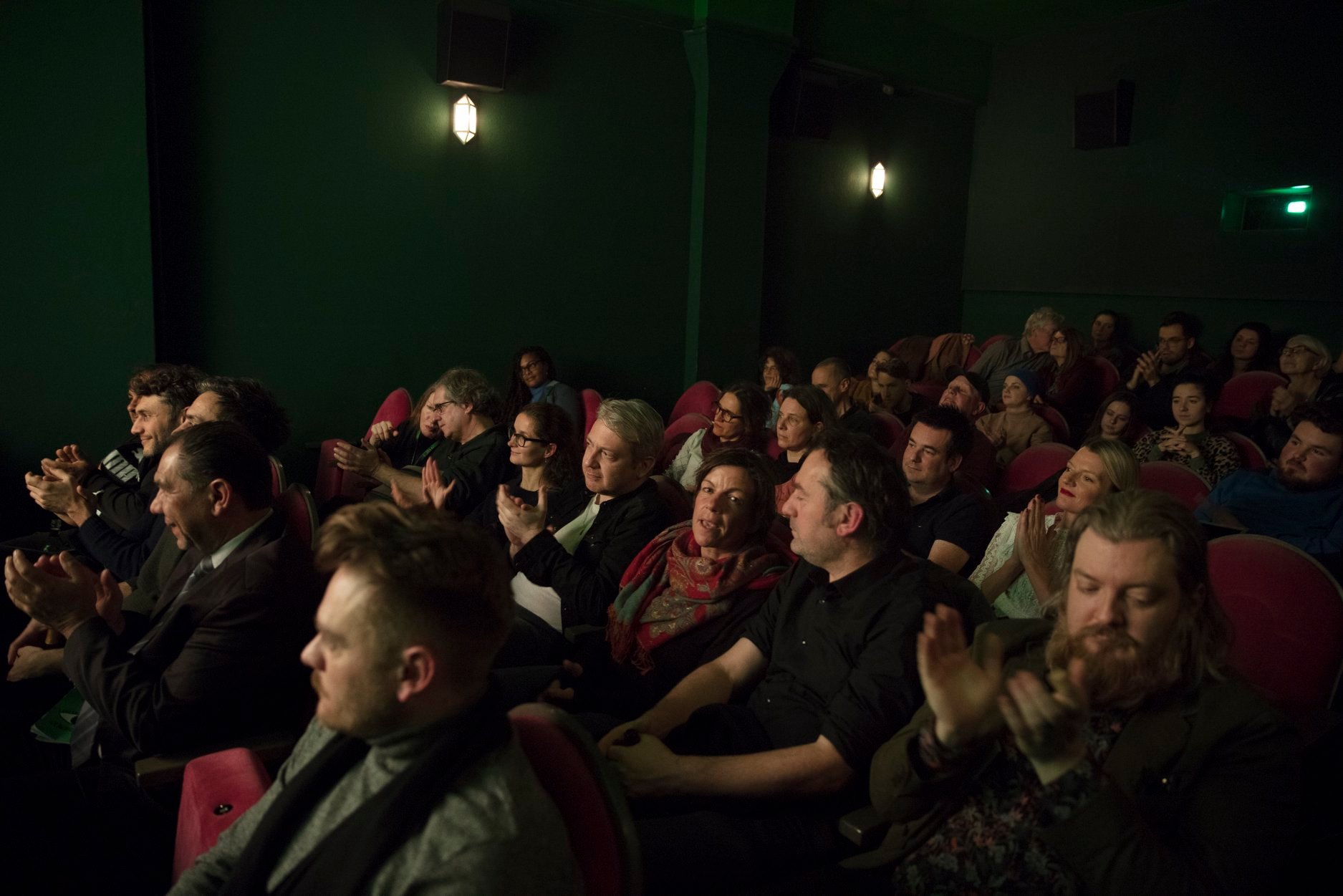
The Roma from Skopje and surrounding areas visit the Church of St. George near the village of Deljadrovci in the Kumanovo region on May 5th. Meanwhile, Roma from Tetovo gather herbs and green plants near the railway station on the same day. In Gostivar, the places Fazaneriya and Ciglana are visited, while in Kichevo herbs are picked in the areas called Chuka and Vrshka Vodenica.
The holiday endures despite all circumstances. In the Skopje neighborhood of Shuto Orizari, every year on May 2nd, a champion lamb is brought and displayed to others.
This represents a social competition among the Roma, even though no formal prize is awarded and no lamb is officially chosen as the best.
Last year, Daniel attended the event where people with masks on their faces emphasized the day. He believes that the zourles (traditional horns), drums, and lambs are the elements that must be preserved in the future.
Erdelezi survives as a tradition among the Roma in Macedonia. In 2011, Gjurgjovden/Erdelezi among the Roma was registered as intangible cultural heritage, thus receiving state protection. Over the years, the Ministry of Culture has financed projects that nurture and promote the significance of the holiday.
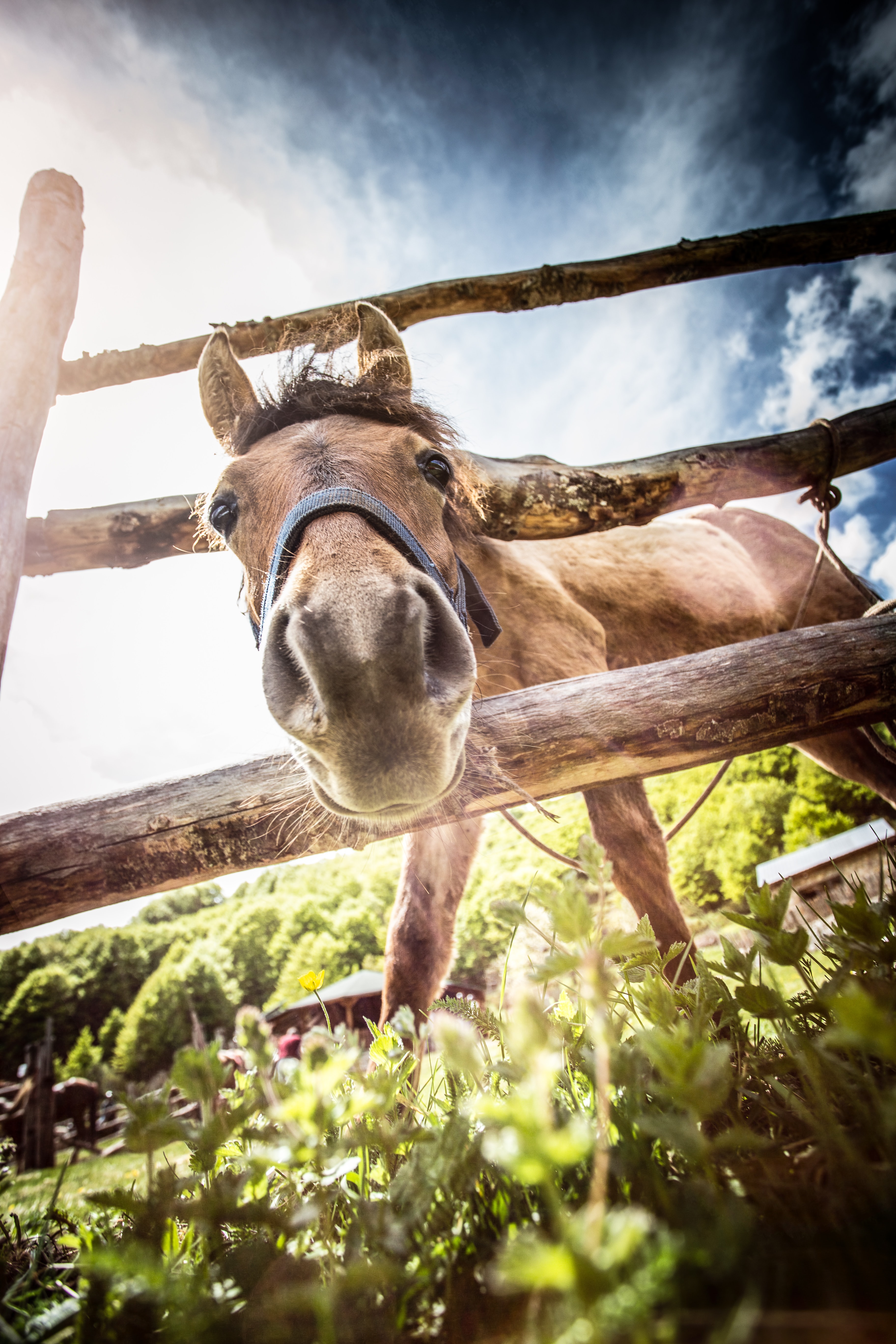
Фото: Антонио Јанески

This association produced the exhibition “Gjurgjovden Erdelezi in Skopje” back in 1998, created by the author Elsie Ivančić Dunin. Under the same title, in 2018, a multimedia exhibition by the American author Dunin was produced, which was showcased at the Museum of Macedonia and later presented in ethnographic museums in Zagreb, Belgrade, Dubrovnik, Rijeka, Pula, and other museums.
Additionally, the association organized the production of the documentary film SA O ROMA, dedicated to the celebration of the Erdelezi holiday. This film was screened at ethnographic festivals in Skopje, Kratovo, Belgrade, Zagreb, Berlin, Düsseldorf, and Sofia.
Блог
Препораки
Read More
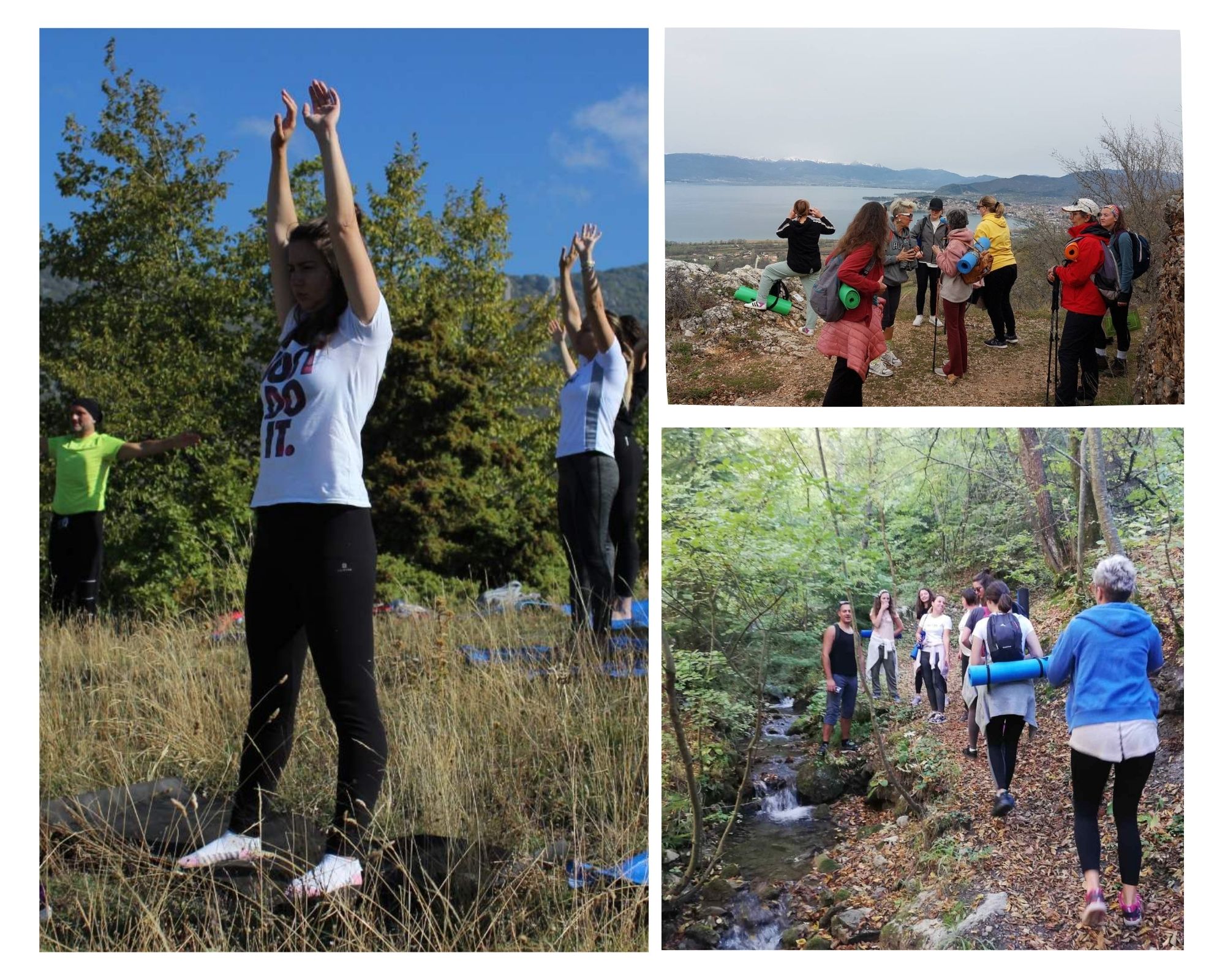
Hristina: How Yoga Prepared Me and the Mountains Awakened Me
"Yoga prepared me, but the mountain awakened me" – Hristina shares her powerful story of transformation, inner peace, and why true freedom is found only by moving through nature.

Secret Santa with Heart: Support Local Producers This Winter
Discover how Secret Santa gifts can be unique and heartfelt – handmade soap, honey, candles, homemade rakija, and other local products that delight and support talented creators.
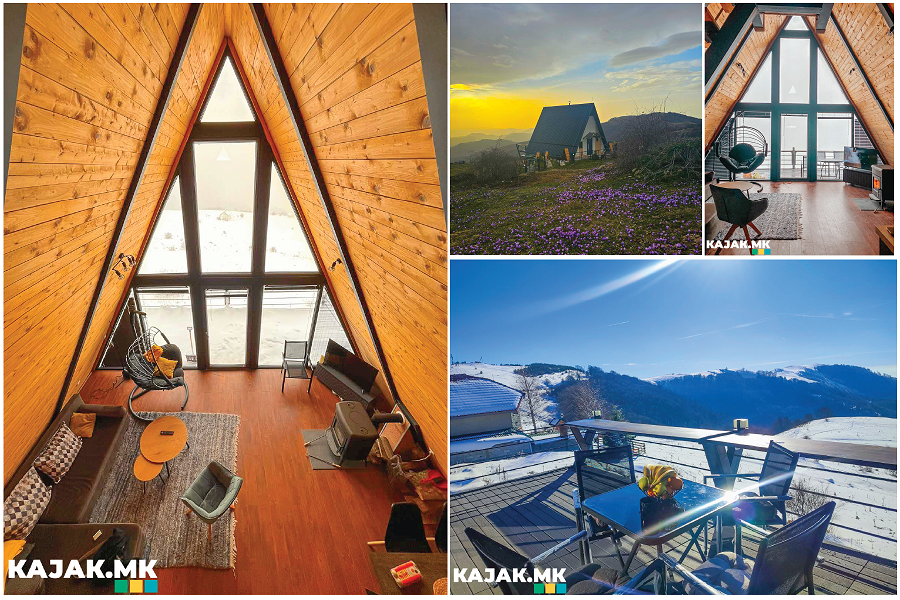
Stay at Ponikva’s Most Unique Wooden Cabin
Wooden Mountain Cabin in Ponikva: A New Spot for a Unique Getaway via Kajak.mk
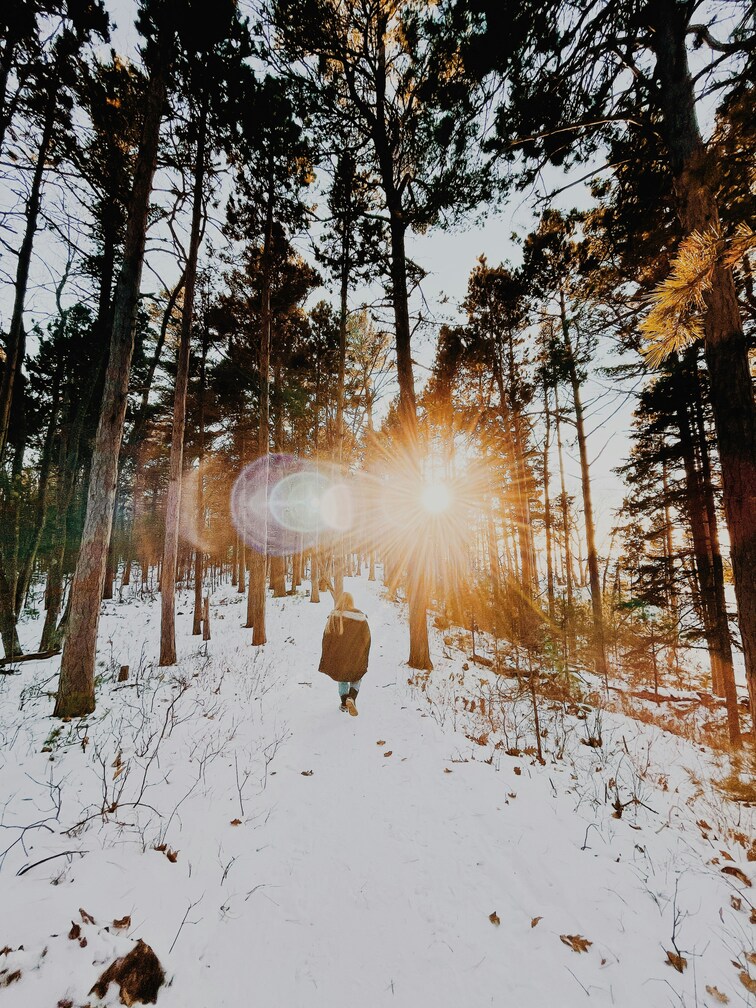
Winter Activities in North Macedonia
Discover winter activities in North Macedonia – walks in nature, sledding, local food, and relaxing winter getaways. Explore the offers on kajak.mk.
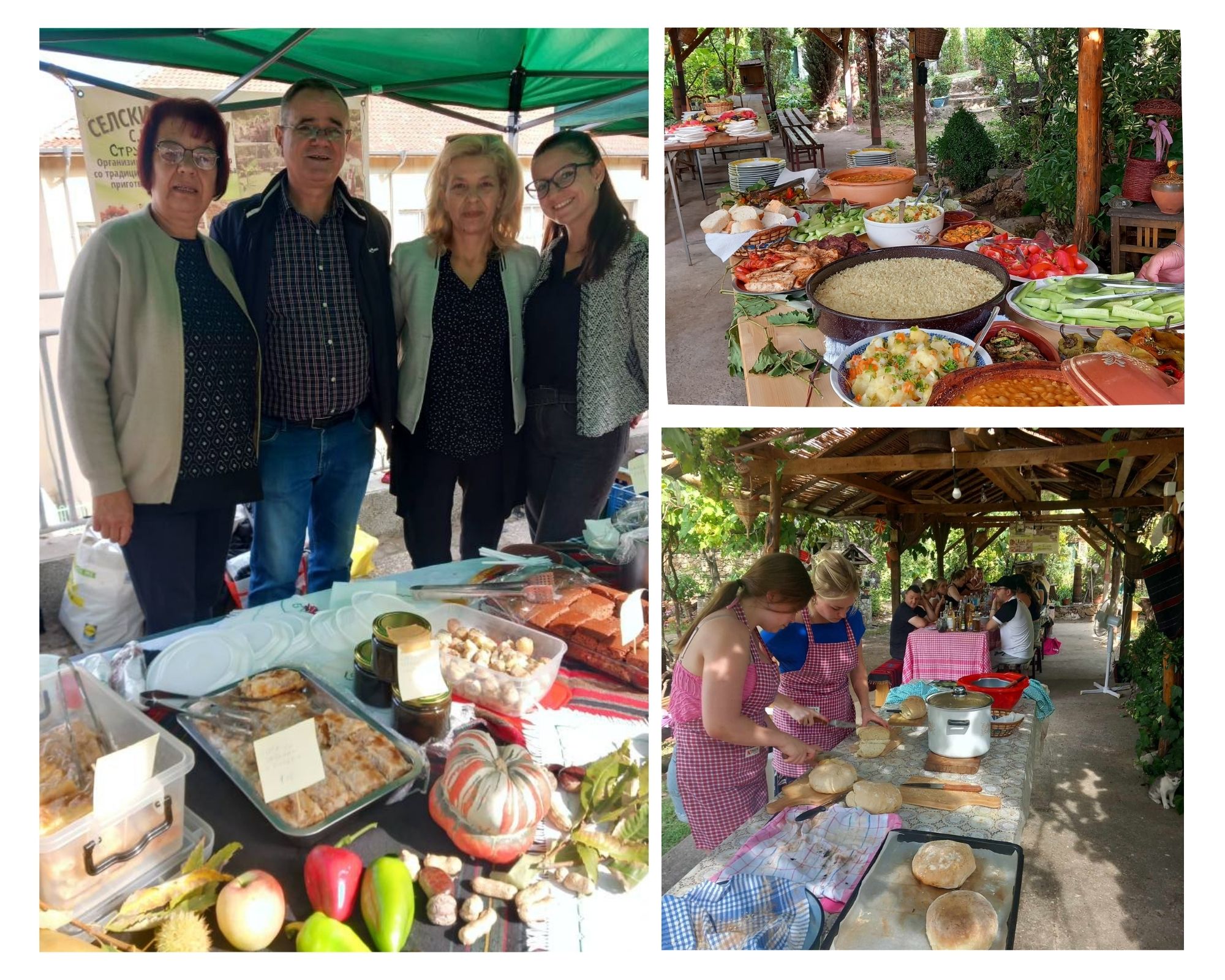
Rural Tourism in Macedonia: Foreign Tourists Experience Authentic Village Life in Gabrovo
Discover the Kostadinovi rural household in Gabrovo, Macedonia. We offer organic food tastings, traditional cooking workshops, and authentic agritourism activities. Experience the rich cultural heritage and local flavors of the Belasica mountain region.

Last-Minute New Year Reservations in Macedonia: Hidden Places Still Worth Discovering
Looking for last-minute New Year accommodation? Discover peaceful mountain cabins, rural stays, and authentic locations in Macedonia offering a true festive atmosphere and flexible reservations.